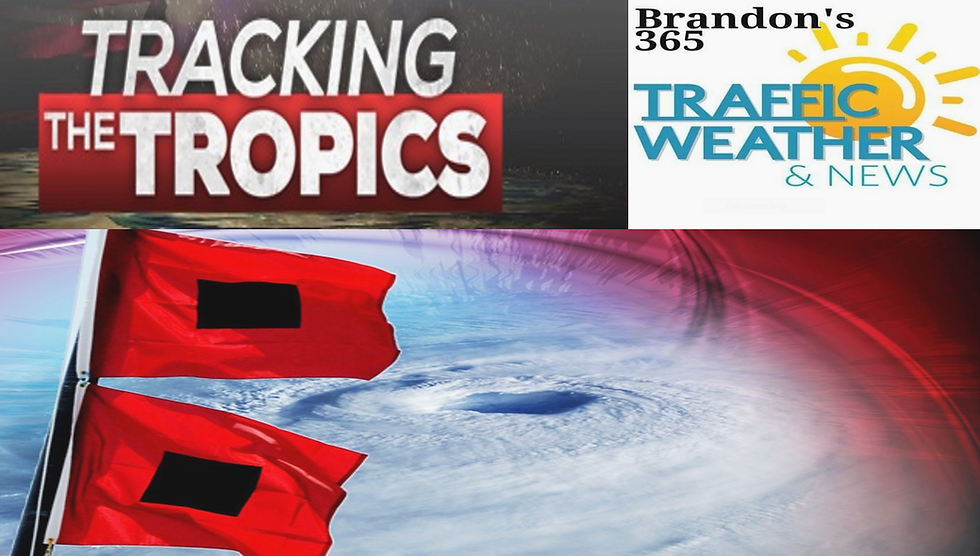NOAA has issued a La Niña watch
- Brandon Shipp

- Jul 21, 2020
- 2 min read
NOAA has issued a La Niña Watch, which means conditions in the tropical Pacific Ocean are favorable for the development of the cool phase of the climate pattern known as ENSO later this year. There's a 50-55% chance of La Niña, a 40-45% chance of neutral conditions, and still a 5-10% chance of El Niño. La Niña criteria:
Average sea surface temperatures in the Niño-3.4 region of the equatorial Pacific Ocean (5°N-5°S, 120°W-170°W) were at least 0.5°C (0.9°F) cooler than average in the preceding month, and
an average anomaly of at least -0.5°C has persisted or is expected to persist for 5 consecutive, overlapping 3-month periods (e.g., DJF, JFM, FMA, etc), and the atmosphere over the tropical Pacific exhibits changes commonly associated with La Niña, including one or more of the following: stronger than usual easterly trade winds, an increase in cloudiness and rainfall over Indonesia and a corresponding drop in average surface pressure, a decrease in cloudiness and rainfall in the eastern tropical Pacific, and an increase in the average surface pressure. La Niña can have impacts especially on hurricane seasons and the winter months across the United States. La Niña can have an impact on hurricane season it typically leads to more hurricanes and tropical storms in the Atlantic basin due to less wind shear and less hurricanes and tropical storms in the Pacific. La Niña winters typically trend drier and warmer across the south and southeast while the winter trends wetter and colder across the Pacific Northwest, Ohio valley, and far northern US. I put some maps and examples below for what a typical winter is like with La Niña . Just because one region typically trends warmer and drier does not mean there won't be any cold weather or wet weather and visa versa. One factor that plays a role is the intensity of the La Niña. My full winter weather outlook for Winter 2020-2021 will release sometime in early to mid November 2020. No Matter The Weather I've Got You Covered!

La Niña Influence on Hurricane Season:











Comments